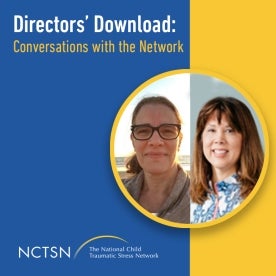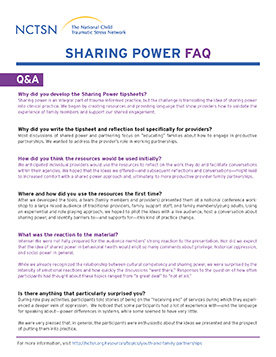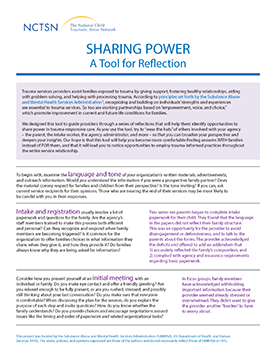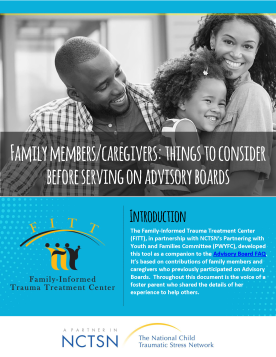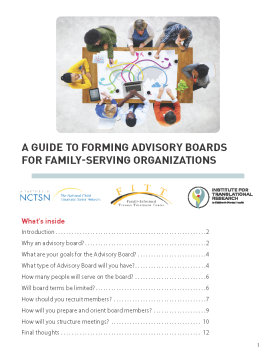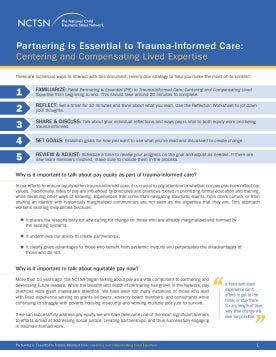
Partnering is Essential to Trauma-Informed Care: Centering and Compensating Lived Expertise
Explores how relationships with people with lived experience are essential to trauma-informed care by emphasizing the importance of shared decision-making, mutual respect, and authentic collaboration.
